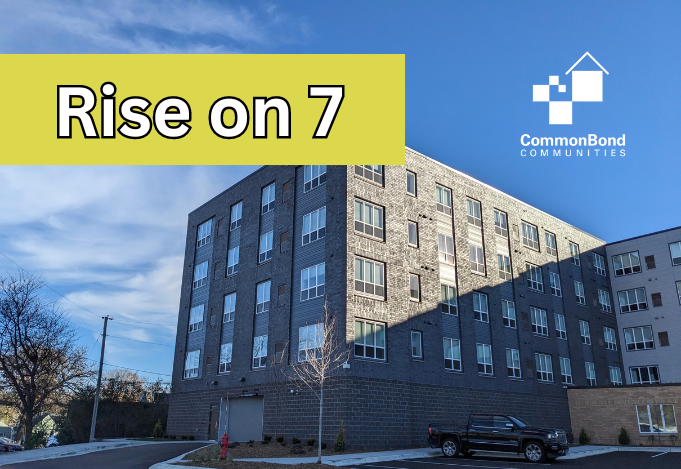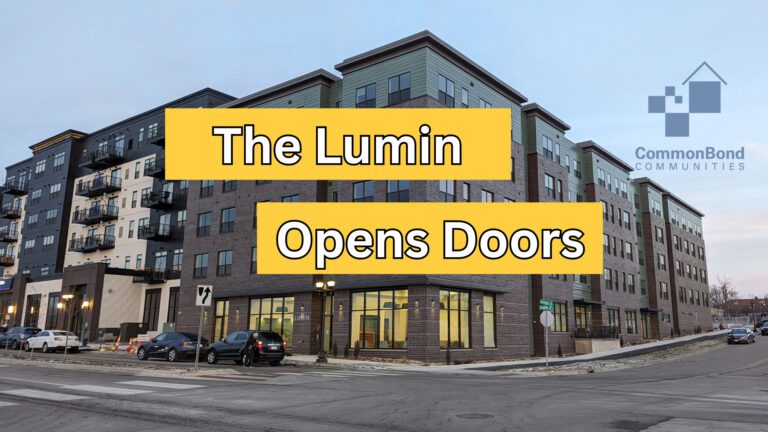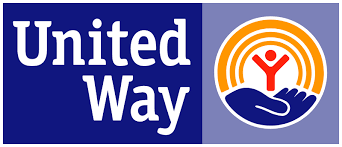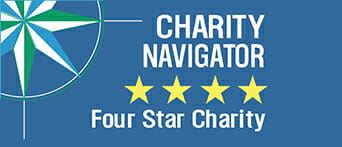Former Catholic priest Ed Flahavan was instrumental in the founding of CommonBond Communities (CBC). Ed has always been deeply engaged in community; among other roles, he was a civil rights activist motivated by liberation theology, as well as a voter registration organizer. He observed once that he “never felt clearer about his purpose in life” than he did while mobilizing against racism and classism. As part of our 50th anniversary year celebration, we’re honored to share some of Ed’s memories around how CommonBond came to be—including some insight into the parallels between half a century ago and today.
CBC: You were there as CommonBond got started. Can you give us the short version of how CommonBond came to be?
Ed: Beginning in 1968 I was the executive director of the Archdiocese’s Office of Urban Affairs. It was around the time of the Plymouth Avenue riots, as well as Vatican II, which encouraged Catholic bishops to open up their doors and serve the people. After some consulting with community experts, an emphasis on affordable housing emerged. A small group was tasked with focusing on ‘doing something about poverty;’ providing housing became a focus of the new Urban Affairs Commission in 1968.
With the support of the new Archbishop, Leo Byrne, that group said, “Let’s do it, let’s create a package that basically said the Archdiocese ought to form a commission, separate from Catholic Charities, to get at root causes of some key social issues: legislation directed at the state legislature; advocacy; community organizing; adult education; and housing for those most in need”—and this particular issue eventually resulted in the creation of CommonBond.
CBC: And from there, the organization was formed? What did the earliest days look like?
Ed: CommonBond came about at the very first meeting of all the commissioners. It was 26 people around the table, in February of 1968. The new Archbishop said, “I’ve appointed all of you to be agents of change.” The federal government at that time was opening up extensively through the Department of Housing and Urban Development [HUD]. There was strong federal support for nonprofit sponsors to go into poor neighborhoods and try to address the lack of housing. This is where CommonBond Communities was seeded.
 In the very early 1970s, I hired Joe Errigo to run CommonBond—and it was one of the best hires of my life. Joe came in, answering an ad in the newspaper. He was about 26 years old, smart and scrappy, working for the St. Paul Housing Authority. The first two CommonBond properties were in rural Minnesota: the groundbreakings for Greenvale Place in Northfield and Maple Hills in Red Wing took place in 1971. Both projects were in concert with the federal government. After that, we grew pretty quickly as an organization.
In the very early 1970s, I hired Joe Errigo to run CommonBond—and it was one of the best hires of my life. Joe came in, answering an ad in the newspaper. He was about 26 years old, smart and scrappy, working for the St. Paul Housing Authority. The first two CommonBond properties were in rural Minnesota: the groundbreakings for Greenvale Place in Northfield and Maple Hills in Red Wing took place in 1971. Both projects were in concert with the federal government. After that, we grew pretty quickly as an organization.
CBC: Why was housing the means through which the founders chose to make change?
Ed: It was one of the fundamental issues they judged could transform communities. Housing is foundational, in all senses of that word. And there needed to be housing options that were affordable for all—especially people in our community with the lowest incomes.
The founders believed everyone had a right to live in a place of their own. Fifty years later, I believe that is still a critical part of CommonBond’s mission.
CBC: We understand you have firsthand experience being a CommonBond resident!
 Ed: Yes, I lived for about three years at Vista Village on Concord Street on St. Paul’s West Side. My income qualified me to live there. And I must say being there was absolutely wonderful. My one-bedroom apartment—with mostly Hispanic grandmas for neighbors—was a delight. I would sit in the evening on the balcony watching lots of kids playing in the parking lot below.
Ed: Yes, I lived for about three years at Vista Village on Concord Street on St. Paul’s West Side. My income qualified me to live there. And I must say being there was absolutely wonderful. My one-bedroom apartment—with mostly Hispanic grandmas for neighbors—was a delight. I would sit in the evening on the balcony watching lots of kids playing in the parking lot below.
CBC: How are the challenges we face today different or similar to what you faced in the late 1960s and early 1970s?
Ed: There are certain dates in history, like 1968, that are incredibly significant because there’s an enormous upheaval going on—even if it’s been somewhat gradual or building for years. I remember the intensity of that time: the Civil Rights movement, the assassination of Dr. Martin Luther King as well as Robert Kennedy, demonstrations against the Vietnam War breaking out all over, and violence against college students protesting the war. And, we had a president [Lyndon Johnson] who was paying so much attention to Vietnam that he couldn’t seem to focus on the poverty and racial issues here at home.
As a priest, another big part of the 1960s for me was Pope John XXIII in Rome. He opened the doors to Vatican Council II and pushed in the direction of getting out of the church sacristy and into the streets of our own communities—which for me was tied to my three-year assignment in the mid-1960s to St. Peter Claver Church. I was very aware of being a white priest at that mostly Black parish in St. Paul. And I will say, I re-learned American history, life, and experience through Black eyes in St. Paul. And not just the stuff happening on a national level, but local discrimination, too. My world, my life, felt totally different after that.
As a white priest, I was fired up about what had happened at the Vatican Council and what was going on in our communities, and how it turned our sails collectively into the problems. It was a significant chapter in my life and helped set the course of my life’s work and thereafter. And things are coming around again today.
I would say that 50 years out from the creation of the first properties in Red Wing and Northfield in 1971, CommonBond is increasingly called to respond to the deeply divided social, racial, and economic problems of today—to build common bonds of community. In the explosive ripple effects of last year’s murder of George Floyd, we can do no less.




